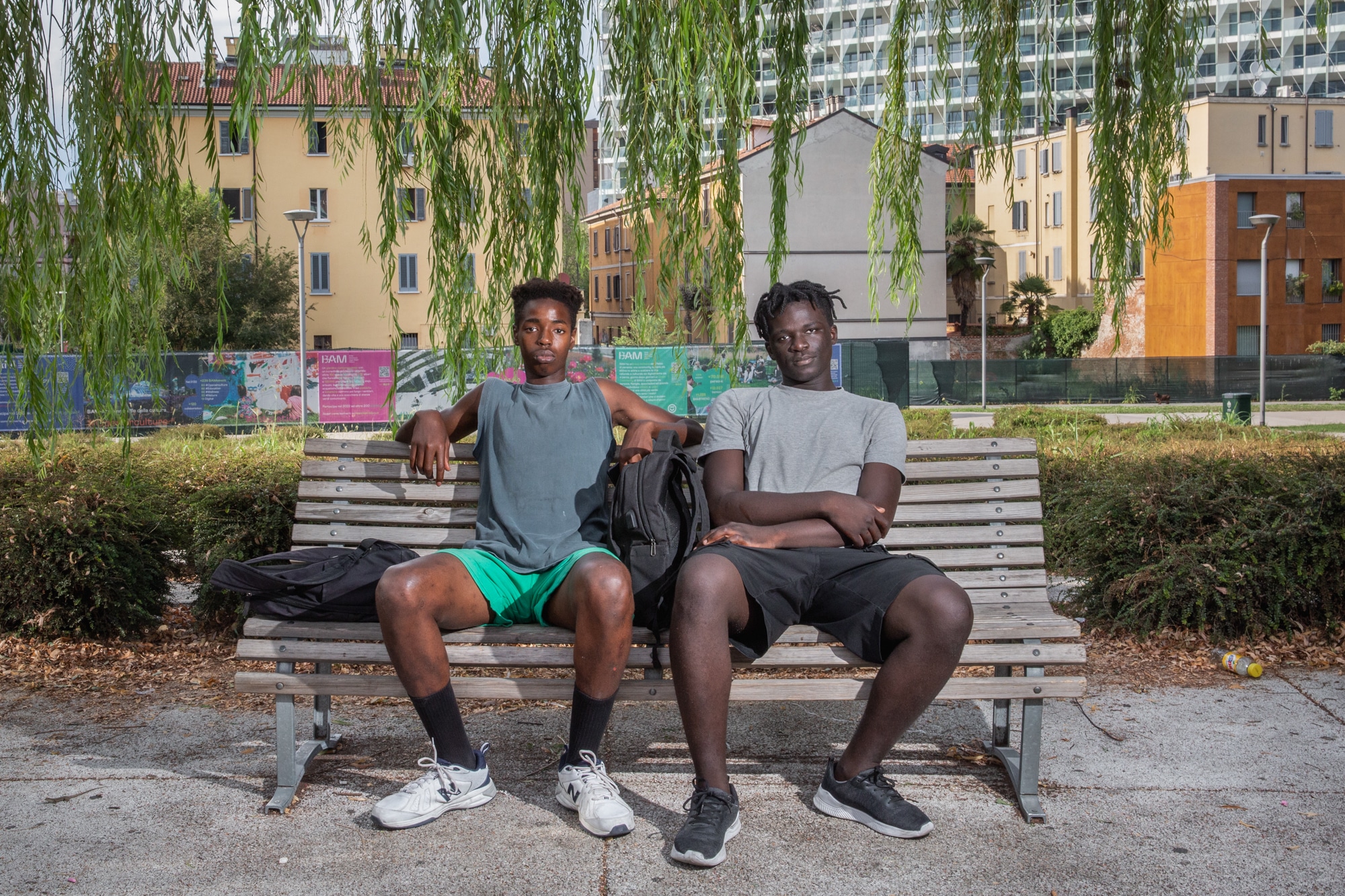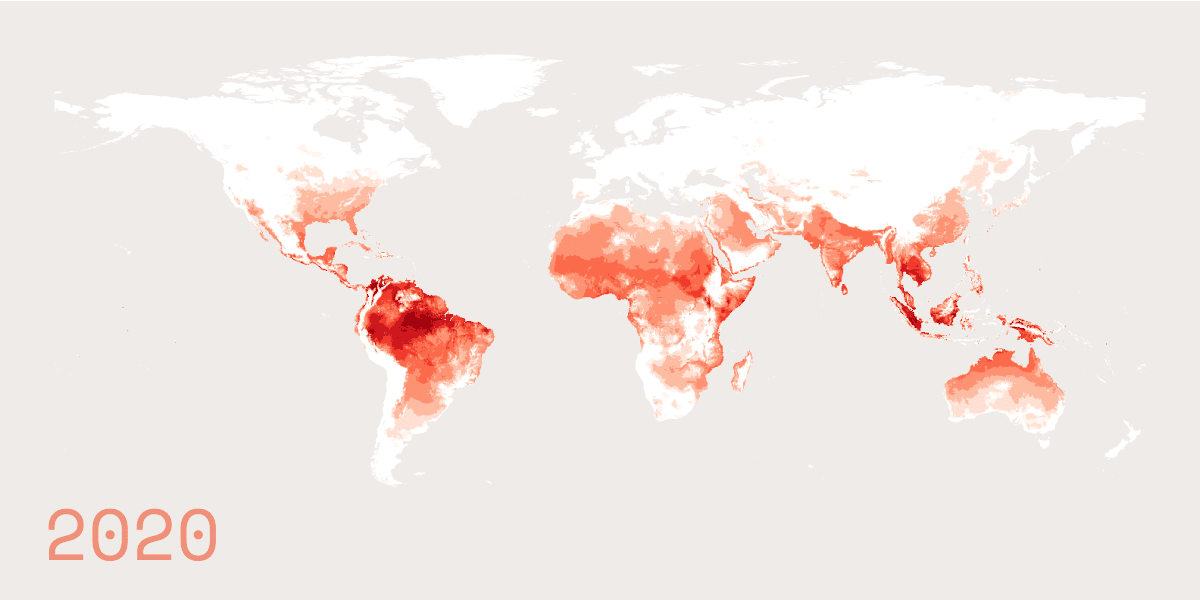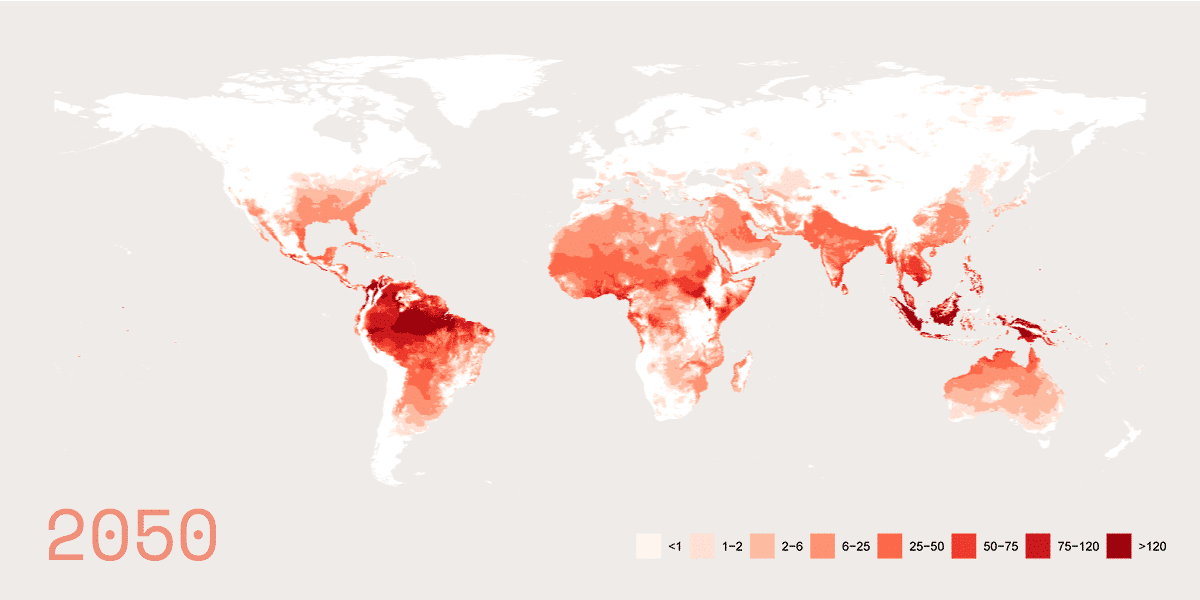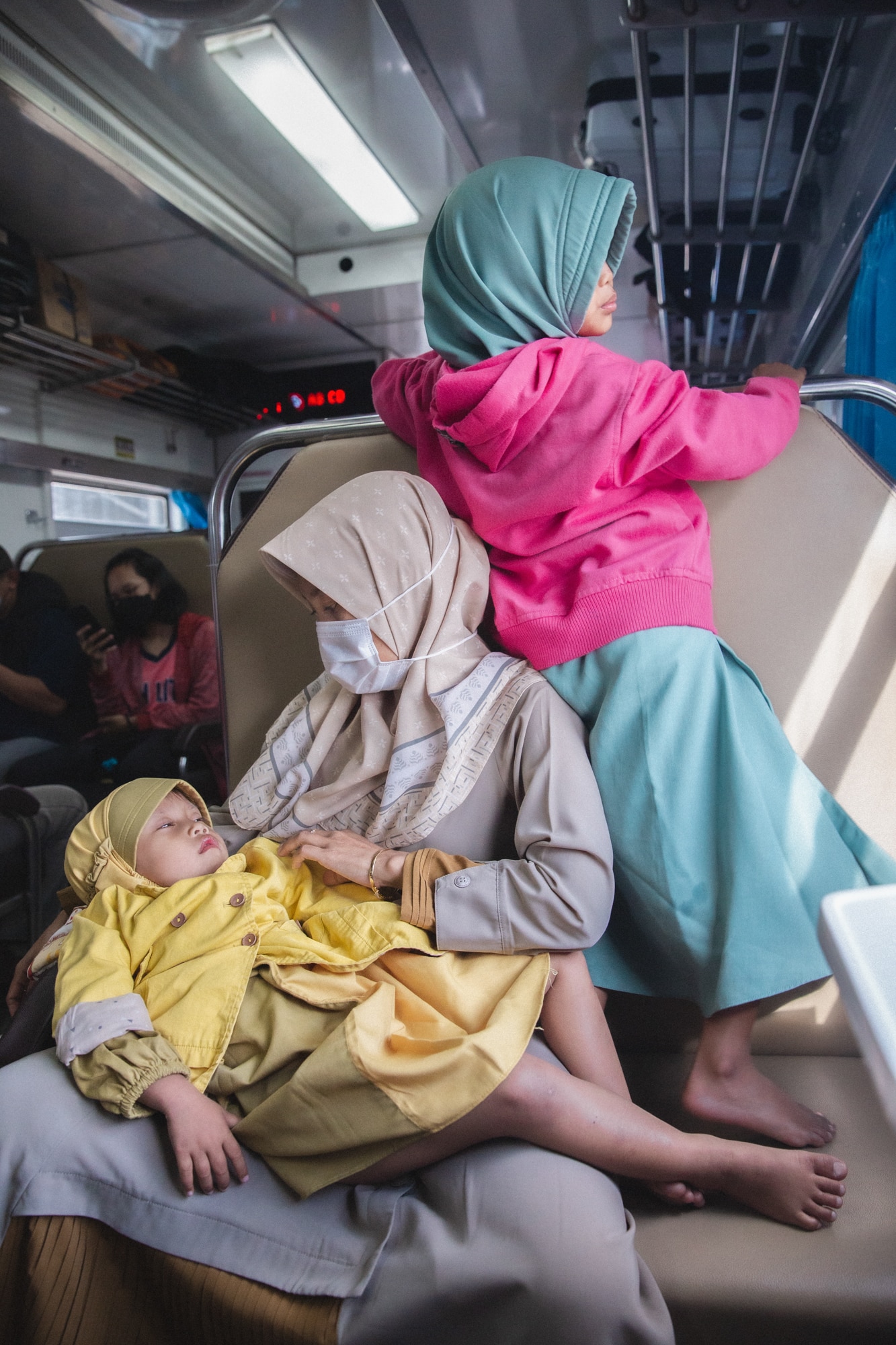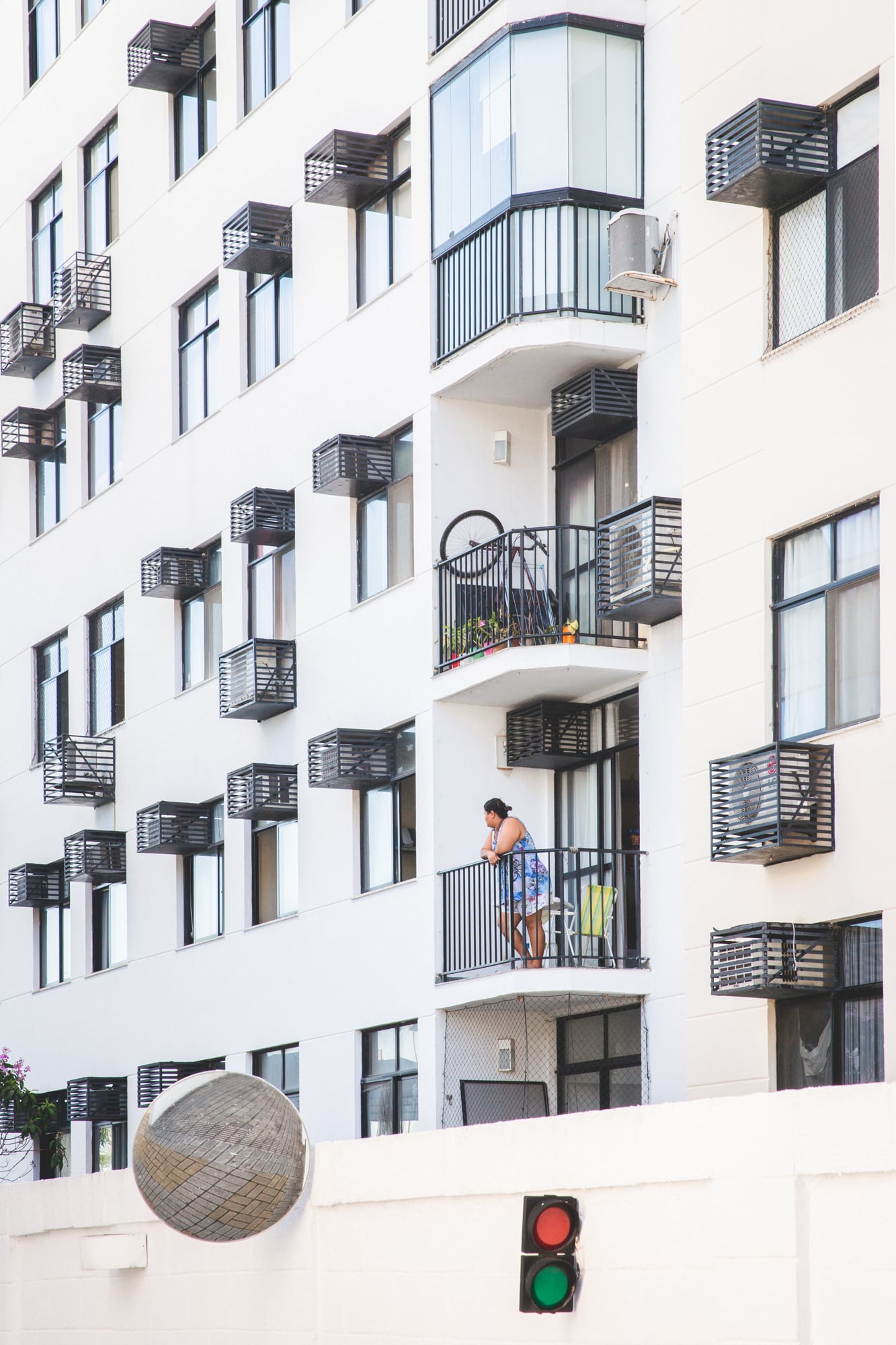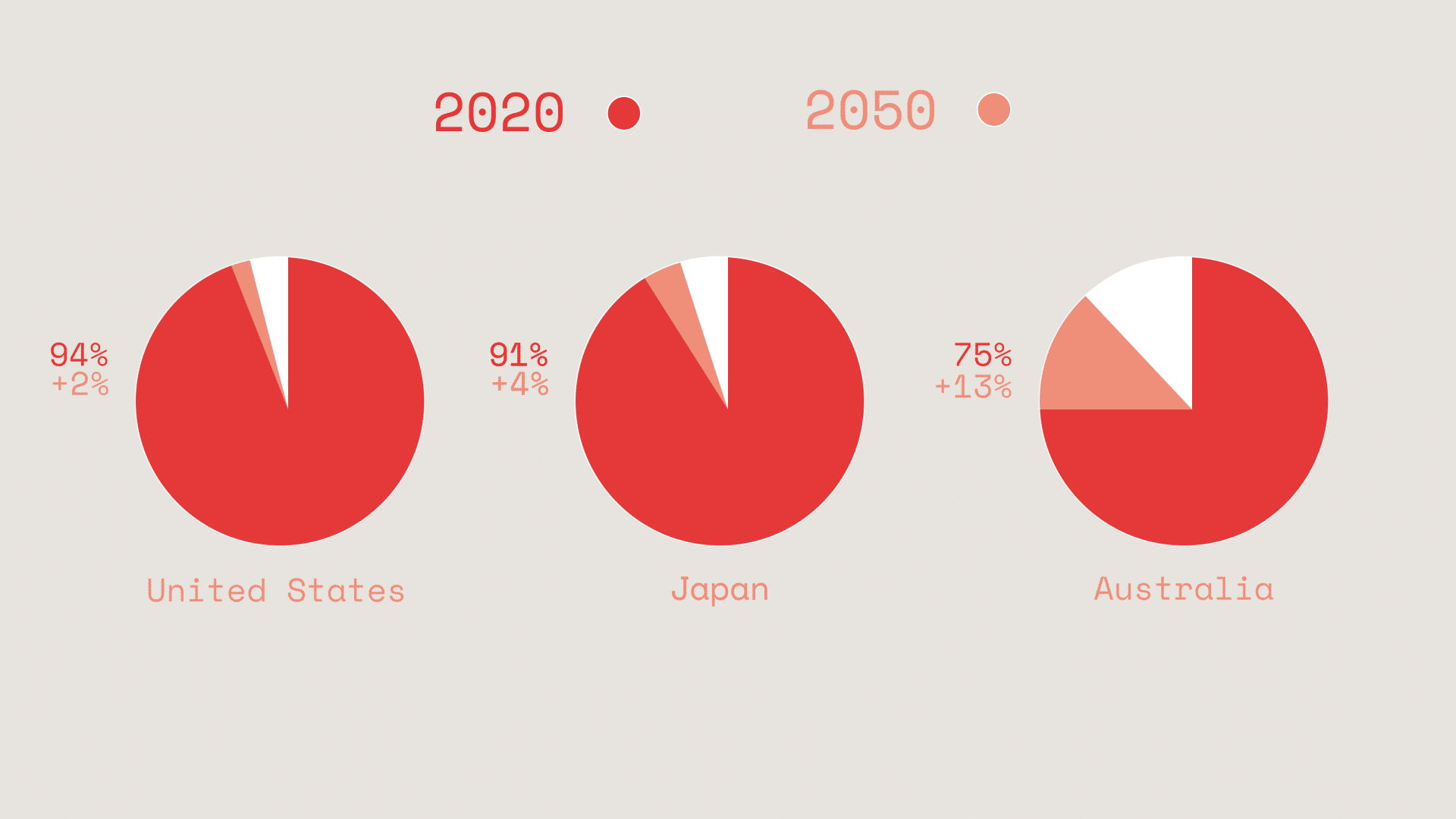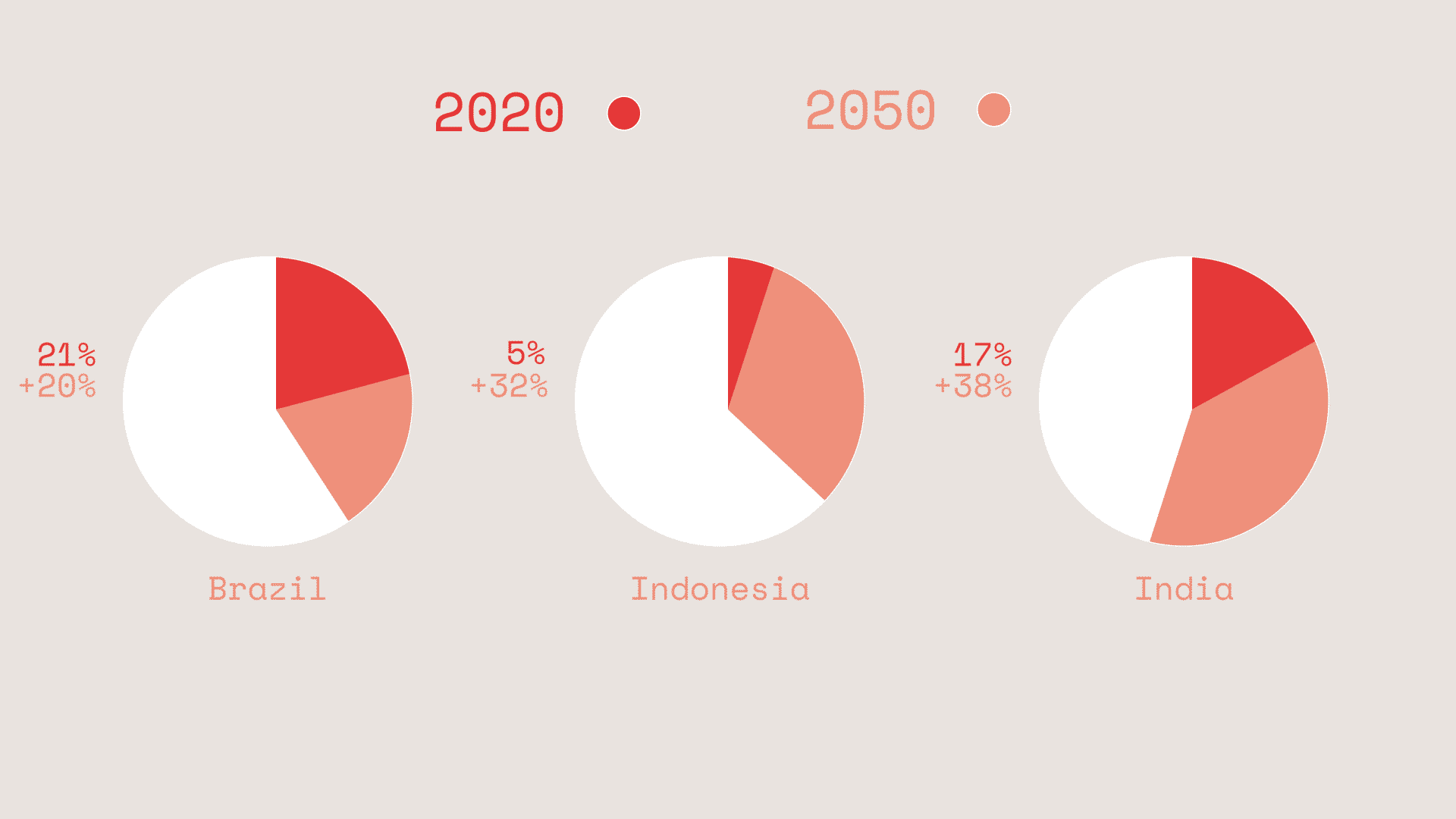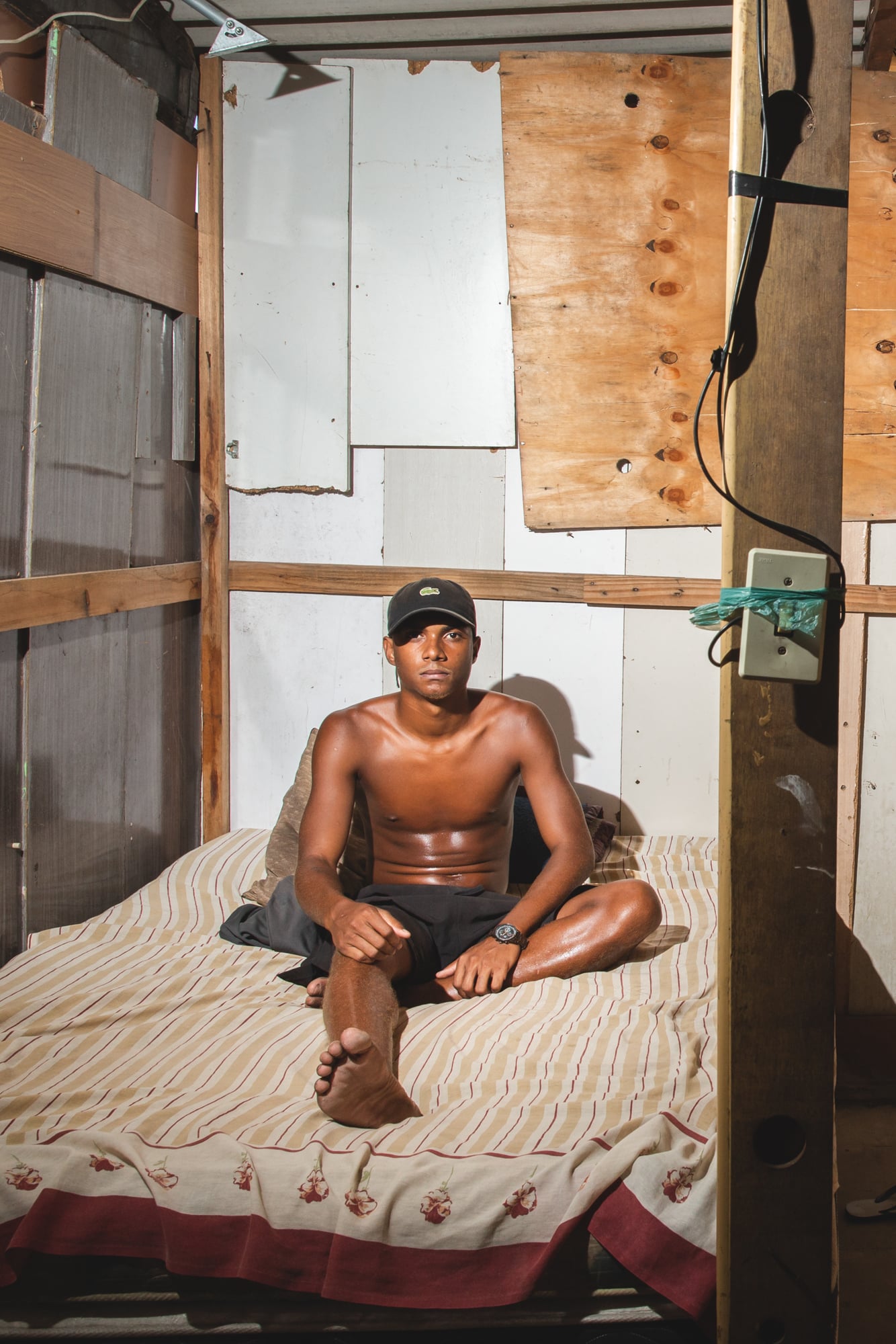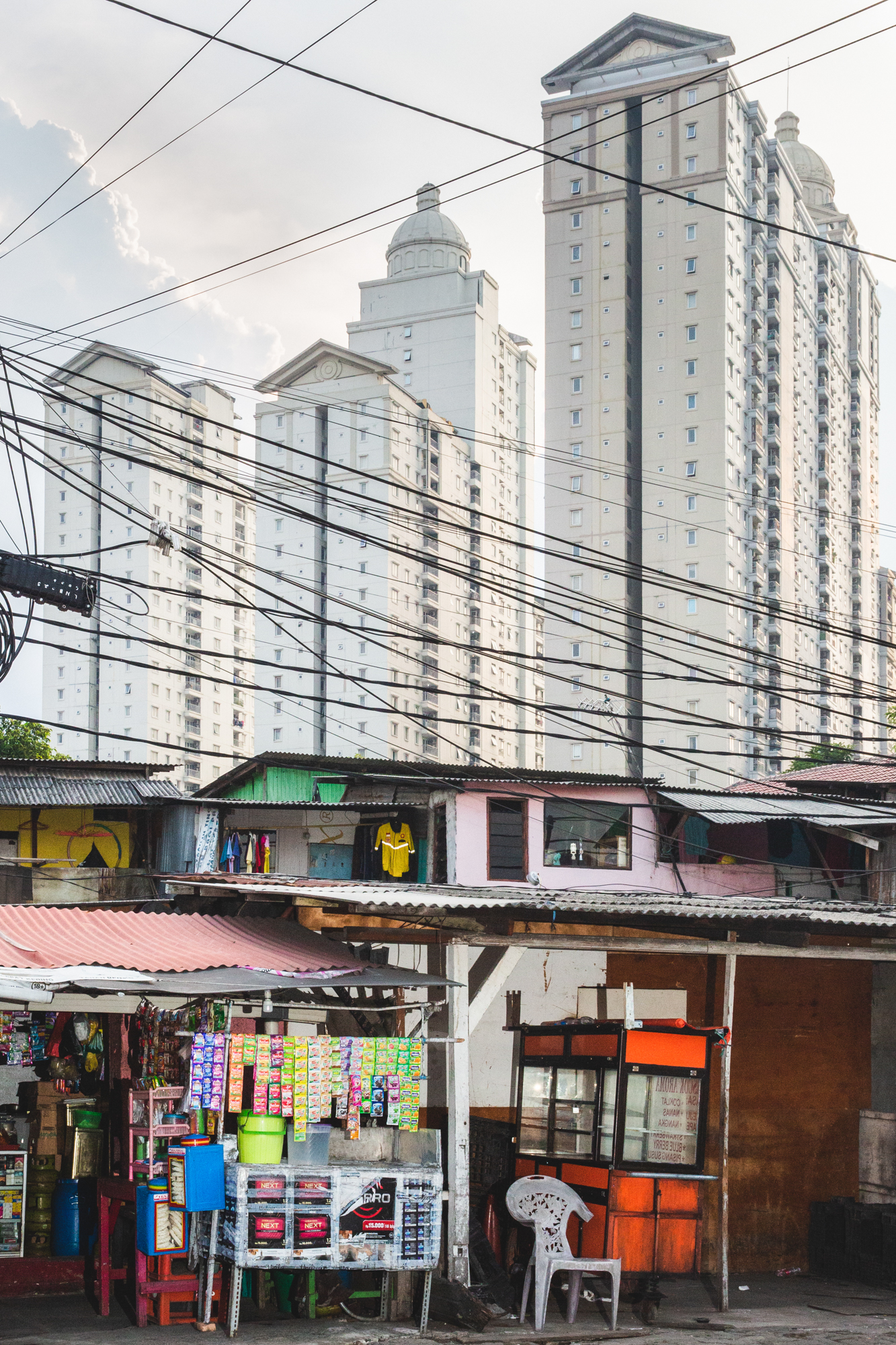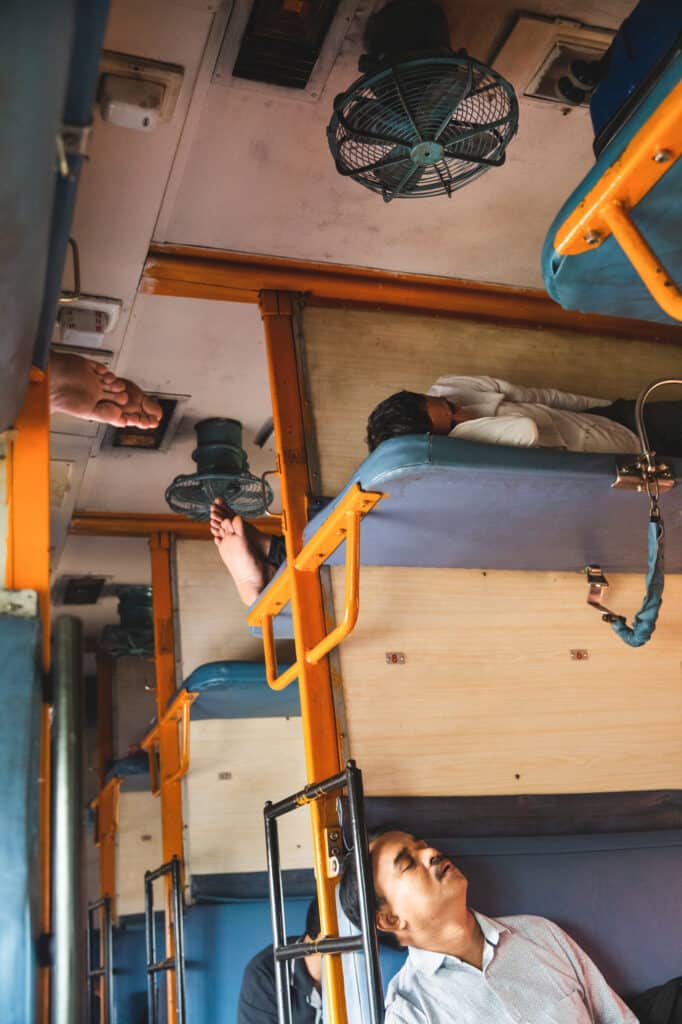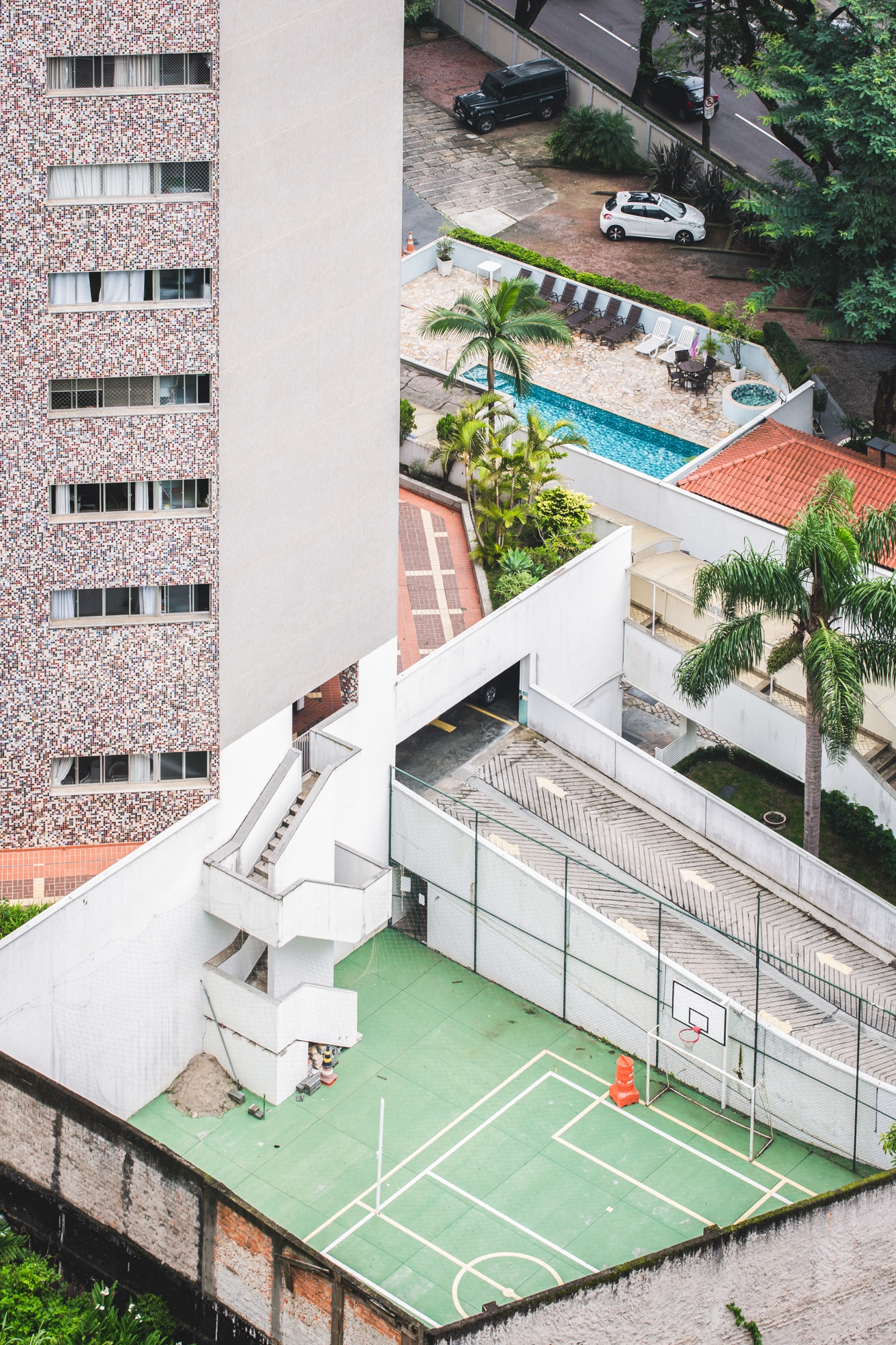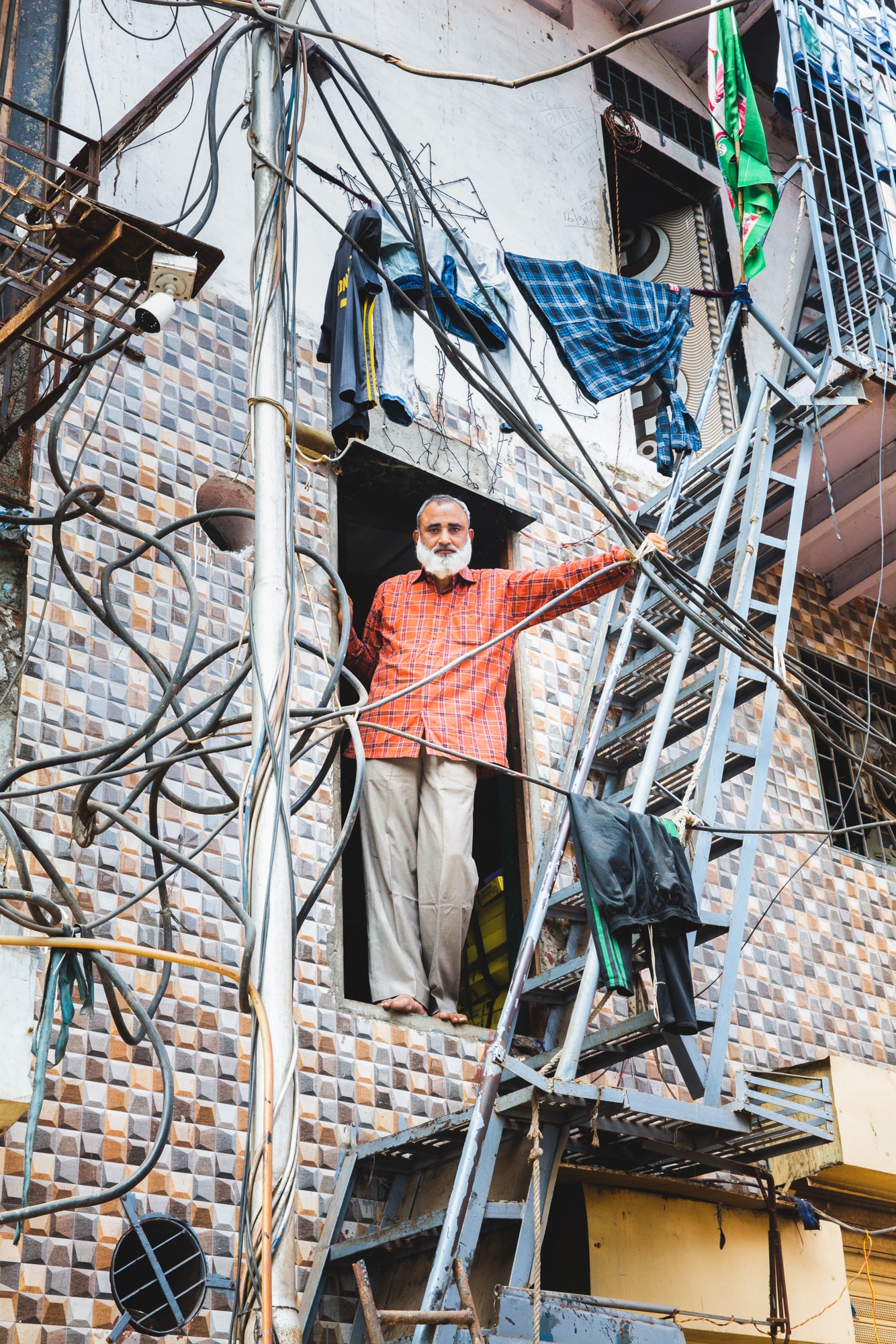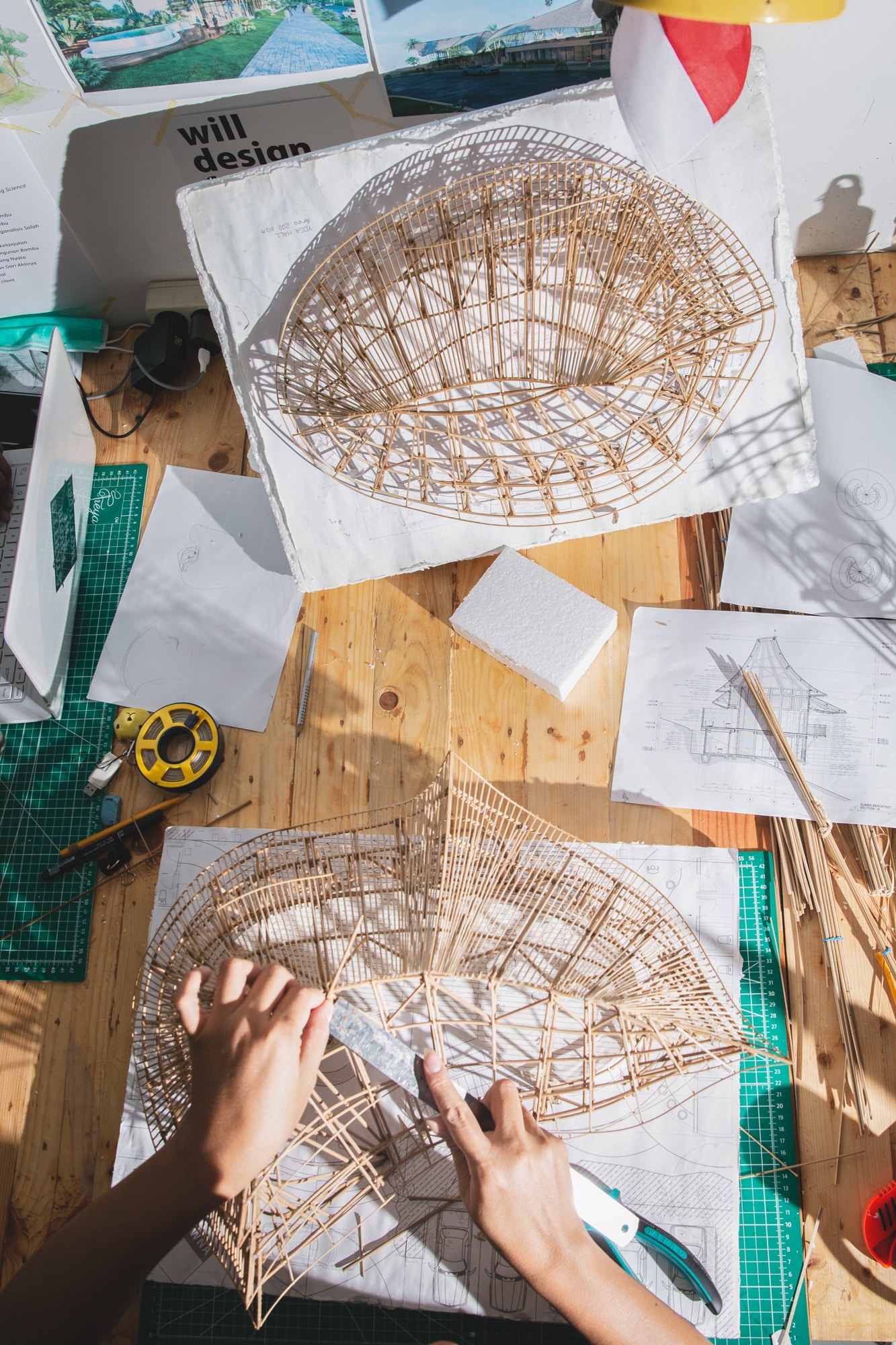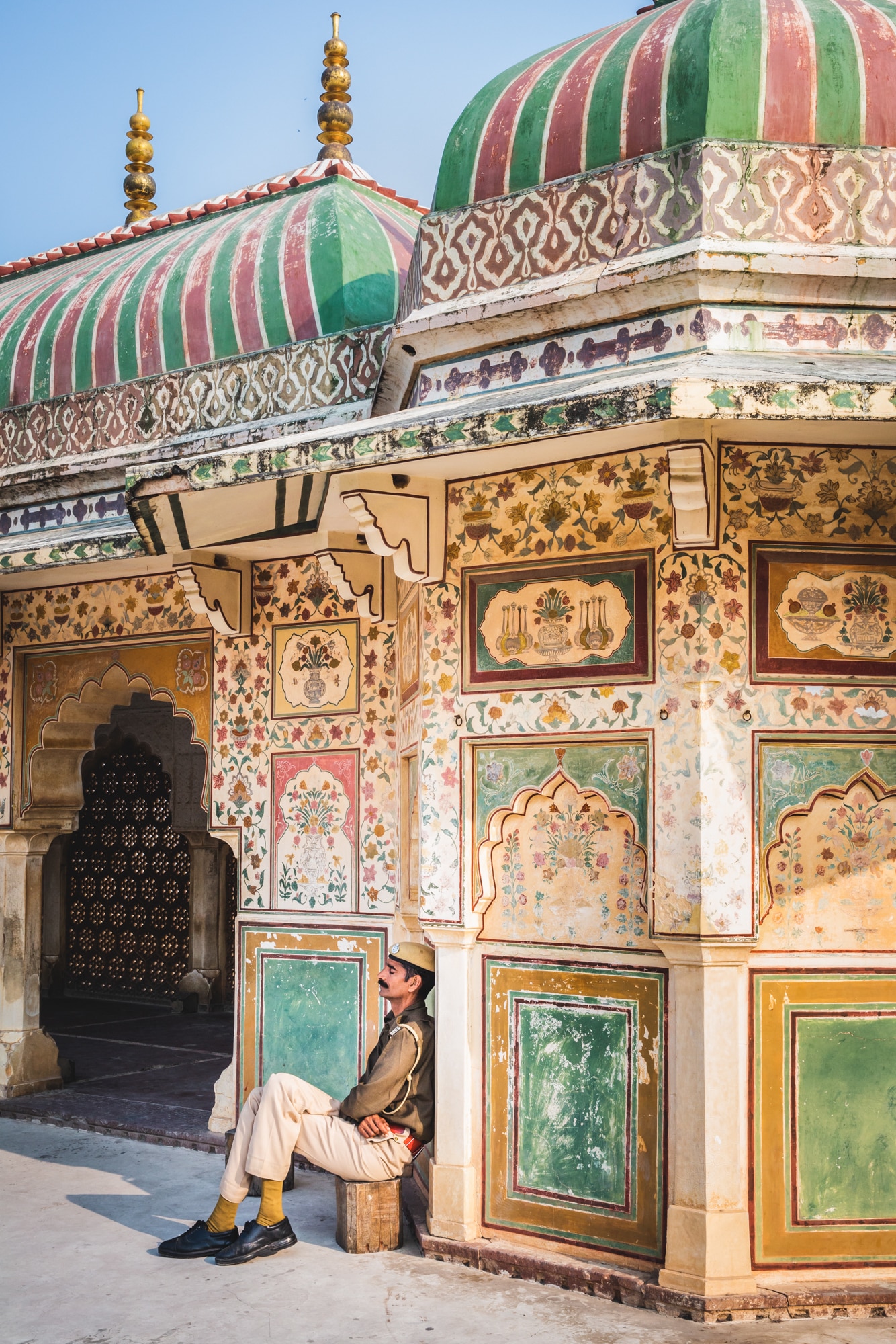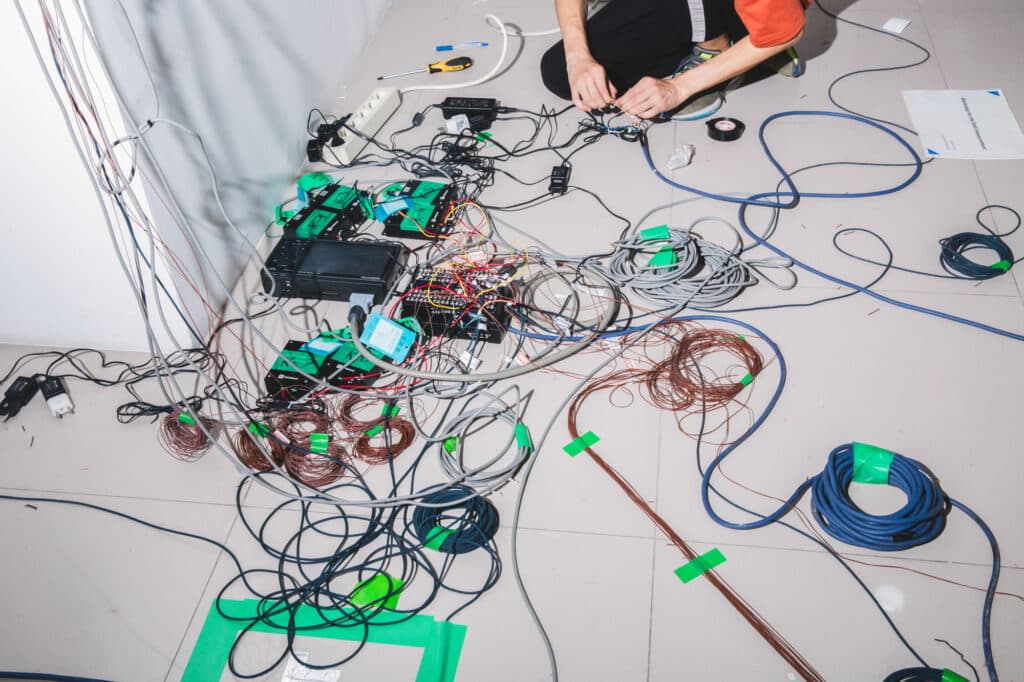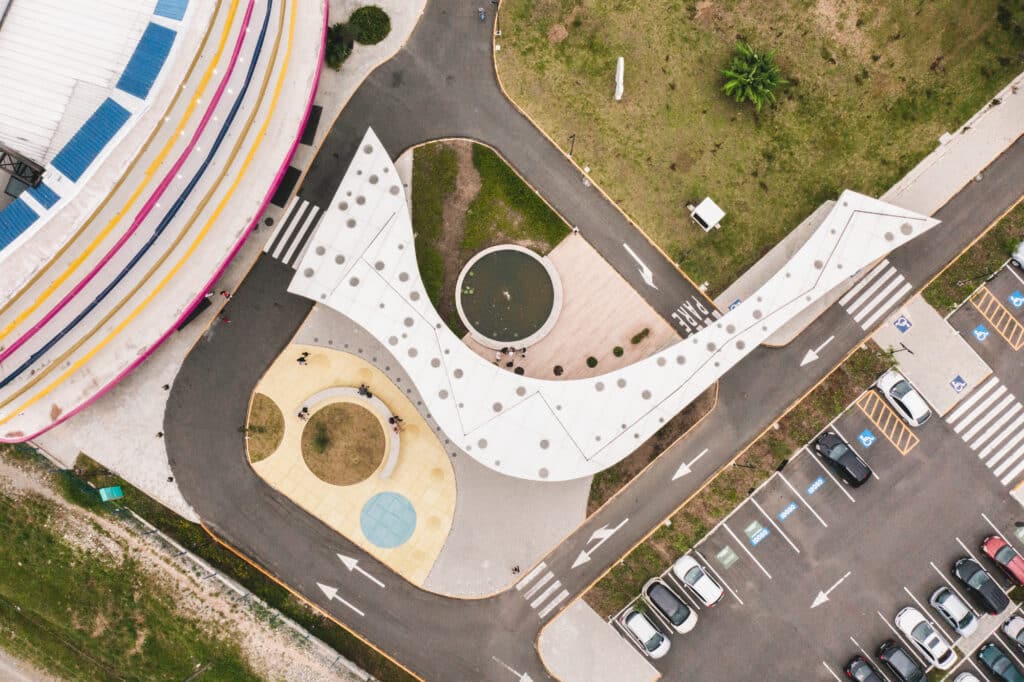European scientists made it official. July 2023 was the hottest month on record by far. As humanity tries its best to adapt, if not to seek a remedy, to man-made climate change, the need to face uncomfortable, often dangerous, heat levels has become a shared problem at all latitudes.
In this context, a 5-year-long research project by the University of Venice recently tackled an often overlooked angle within the topic of climate change: air conditioning has established itself as the most widespread cooling strategy across the world, but the more we use AC, the more we’ll need it. While keeping us cool inside our apartments, AC directly increases the heat outdoors, creating a “heat island” effect in urban environments, and substantially contributes to GHG emissions, which play an important part in climate change.
According to the International Environmental Agency, 10 new AC units will be sold every second for the next 30 years, bringing the number of installed units worldwide to 5.6 billion by 2050.
At a global level, between now and 2100, space cooling could account for up to 7% of the global total cumulative greenhouse gas emissions, which is about 350 billion tons of CO2, roughly ten times the current global annual CO2 emissions from fossil fuels.
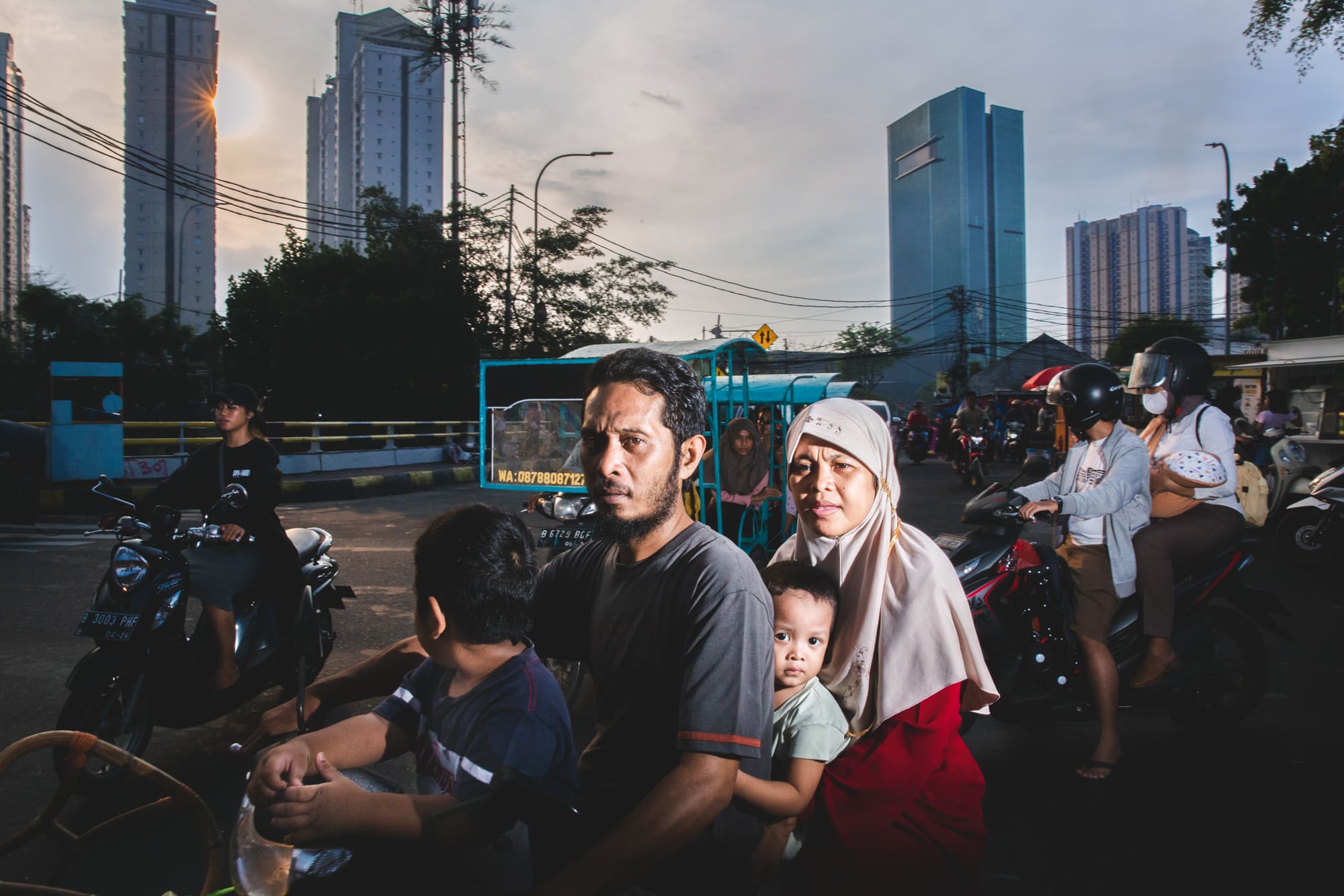
The researchers in Venice focused on the projections of AC adoption in private households of 25 countries around the world from 2020 to 2050. Among these, the ones that will determine a real shift are tropical, populous countries whose economies are growing, and middle classes expanding. Brazil, India, and Indonesia were chosen as complex countries with good demographic data, while Italy was also included to represent a European counterpart, with a different economic history and a more temperate climate.
The uptake of AC in private households will be impressive in the next 30 years: in India for instance, with a population of 1.6 billion people, the number of households equipped with at least one AC unit will grow from 17% to 55%.
With this alarming forecast in hand, the head of the research project, prof. Enrica de Cian, decided to invest in photography to bring the scientific results alive in the eyes of a public outside of academia, and to offer a view not only on the side effects, but also on possible alternatives to AC.
The first takeaways of this multidisciplinary project, which combines photography, infographics, scientific results, and personal stories, are the inequality linked to the access to energy, and the fact that parallel social classes in radically different countries display mirroring behaviors.
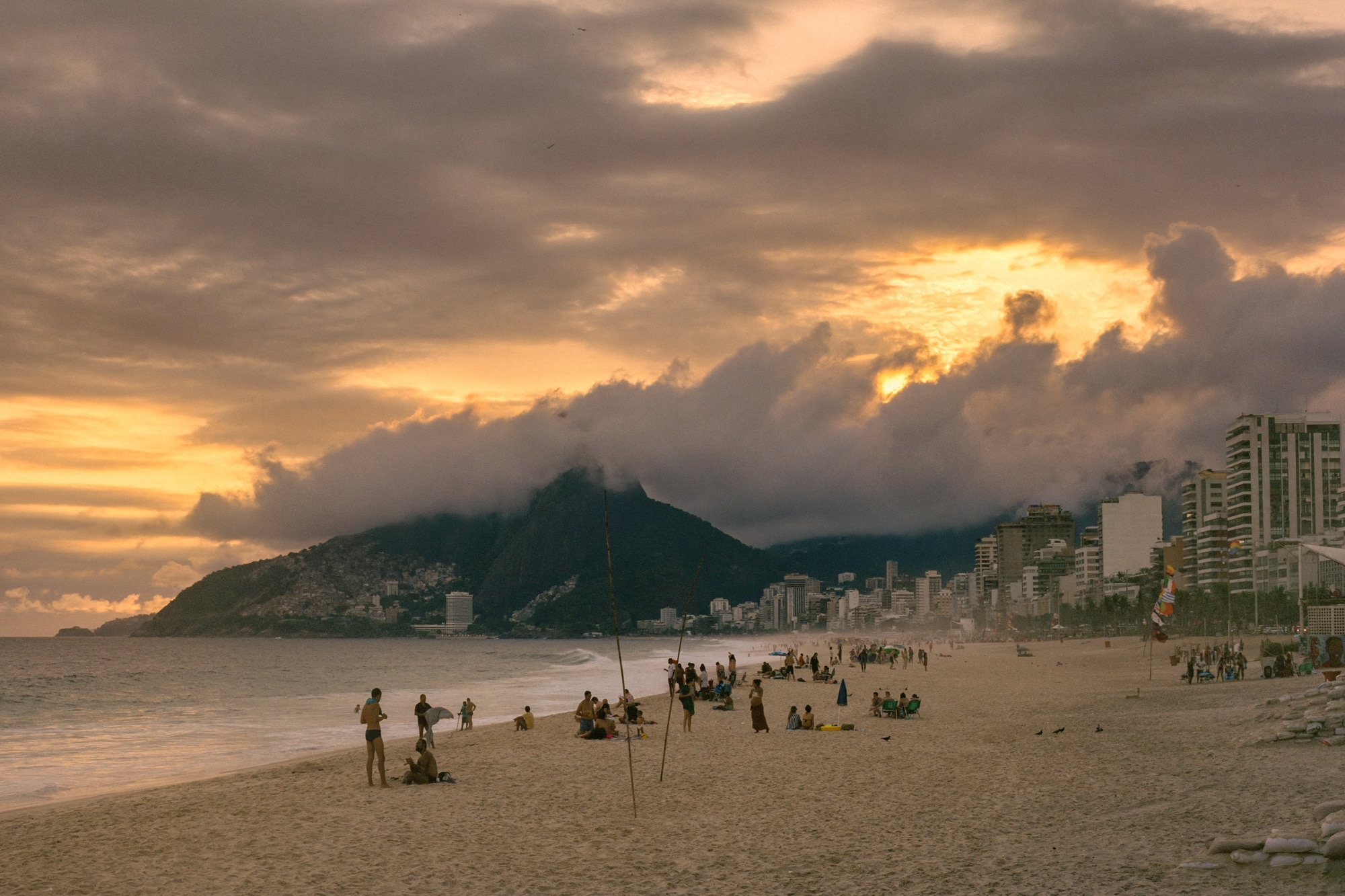

Among the wealthiest social classes for instance, the habit of isolating oneself from the outdoor environment, wearing long-sleeved clothes and ties in freezing offices when the temperature outside rises over 30 celsius degrees, is also a matter of social status.
Society and culture influence our idea of thermal comfort as much as biology, and that’s where the shift needs to happen. If humidity affects the body’s level of stress and ability to thermoregulate, then using the AC mainly to dehumidify an environment is much more useful than lowering the temperature to 19 celsius degrees. Expensive trains, hotels, and shopping malls ensure unsustainably low temperatures to satisfy tourists and wealthy locals’ not only useless, but unhealthy habits.
Meanwhile, people living on the streets or in poverty and outdoor workers are more and more exposed to dangerously high temperatures, with many of them forced to work night shifts to avoid the heat of the day. Unable to keep their body temperature low using anything other than cold showers and fans – when they have them – they suffer the increasing climatic consequences of the more privileged social classes’ emissions.
Those who can afford an AC though, spend on average 40% more on energy than those who don’t. This is an issue for the lower middle class, which is constantly struggling with the cost of energy. That’s the story of Karen Ramos Sartori, 45, and Micheli Sartori, 52, who live with their two children in Fazenda Botafogo, a peripheral neighborhood north of Rio de Janeiro. Karen and Micheli are both especially vulnerable to heat because they were born with severe handicaps, so they installed an AC in the master bedroom, using it only at night. Even so, during the summer, the cost of the electricity bill rises up to 600 Reais (108 euro), which represents more than one third of their overall monthly budget. Anyone who spends more than 10% of one’s budget for energy expenses is considered to be in a situation of energy poverty.
Architecture is another major factor in the gap between social strata. Complying with the thirst for rapid growth in modern cities, architects working for the middle class and social housing across the world followed for decades the logic of maximum profit with minimum expense, isolating each unit, impeding natural air circulation and actively creating the need for AC.
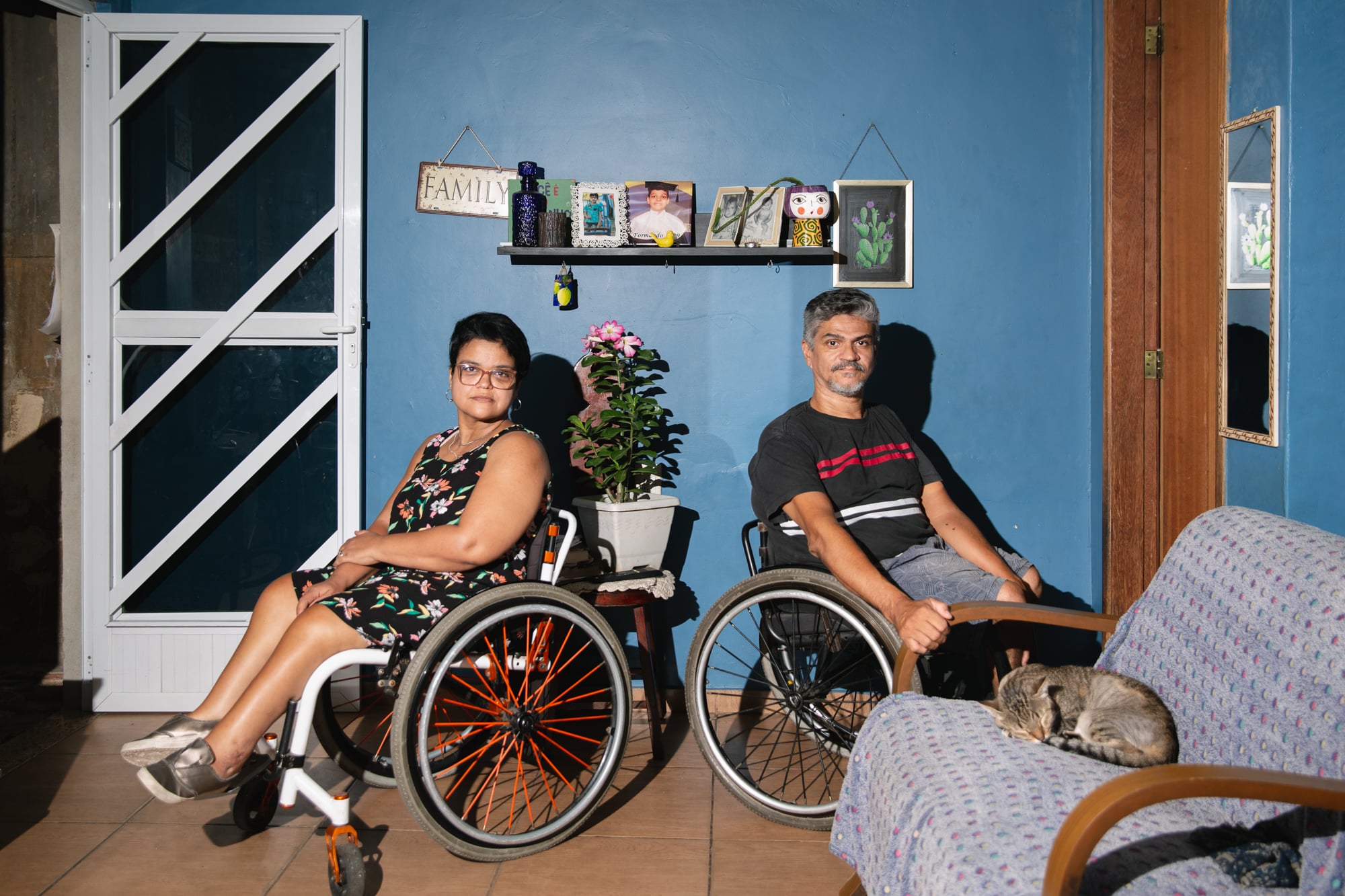
Only recently there’s been a rediscovery of traditional architecture and its use of physical principles to ensure thermal comfort in a variety of ways, some of which can be widely used, some others tailored to specific climates and geographic areas. In Southern Europe, for instance, apartments with high ceilings and thick walls used to be widespread before the rise of beehive architecture. Similarly, in Indonesia, it is still common to see traditional houses in rural areas using a variety of techniques to keep the heat out of the settlements: very high ceilings, the absence of continuous walls, a porch, are all features that allow the easy evacuation of hot air.
A growing number of scientists and architects are now using some of these principles combined with technology, to provide less polluting and less energy-intensive alternatives to AC.
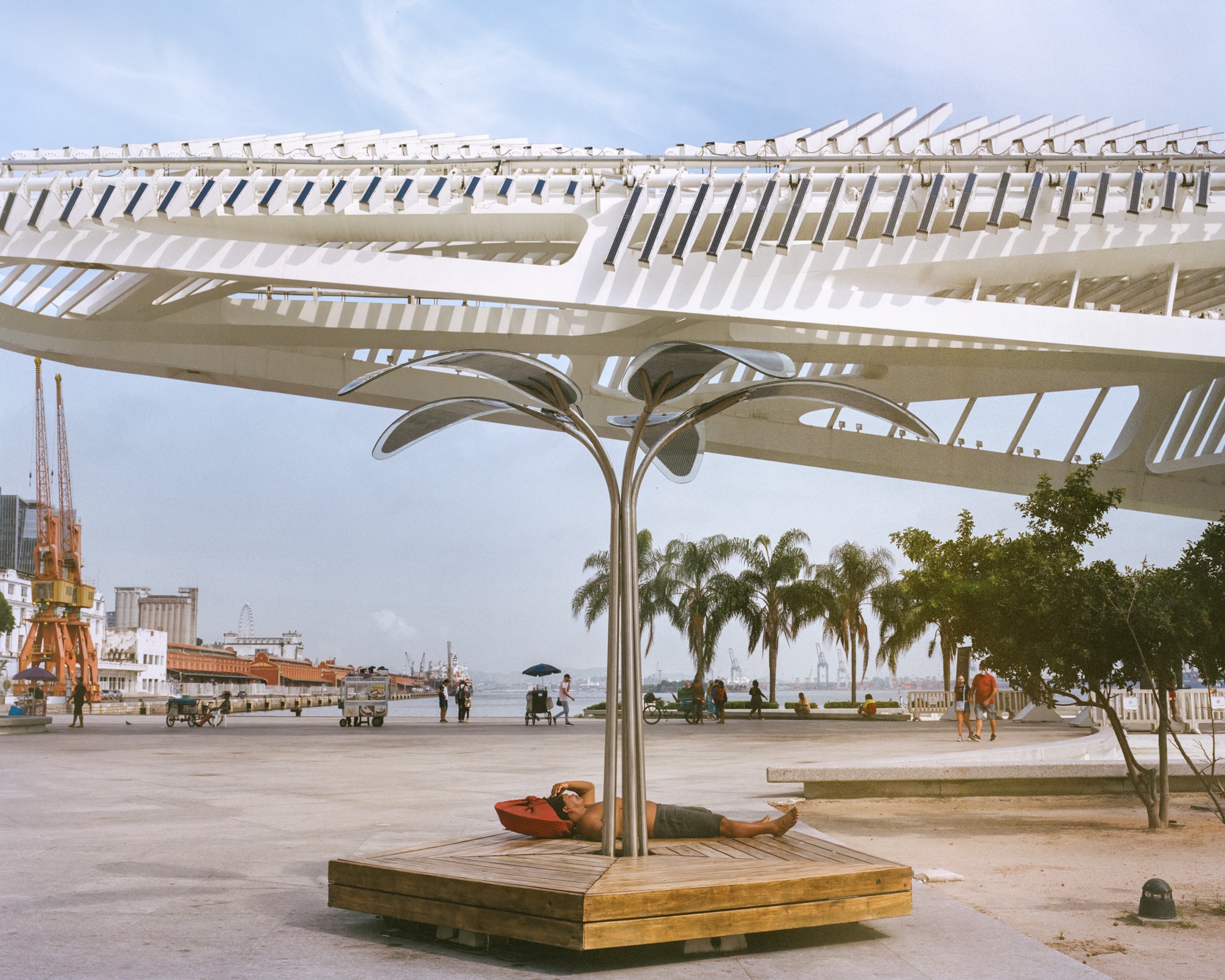
In the town of Tegal, Java, Indonesia, scientists are testing energy-efficient buildings for social housing, using sensors that measure heat and air circulation. In Delhi, India, the Ant architecture studio cools down 50 degrees Celsius heat exhaustion from machines with the use of water poured through passive screens in terracotta, called “beehives”. The water flow facilitates evaporation, which absorbs heat from the surrounding environment, causing a temperature drop of 15 degrees. In Rio de Janeiro, Brazil, the Revolusolar project brought solar panels to favela Babilonia, and the Museum of Tomorrow, designed by Spanish architect Santiago Calatrava, uses sea water, naturally much colder than the freshwater contained in water towers, to lower the energy consumption of its AC system. Near Rome, in Italy, the Enea Casaccia test building is completely covered in vegetation, from the external walls up to the roof. The vegetation maintains surface temperatures below 30 degrees Celsius, while the naked walls would otherwise reach temperature peaks of over 50 degrees Celsius in the hottest hours of summer days.
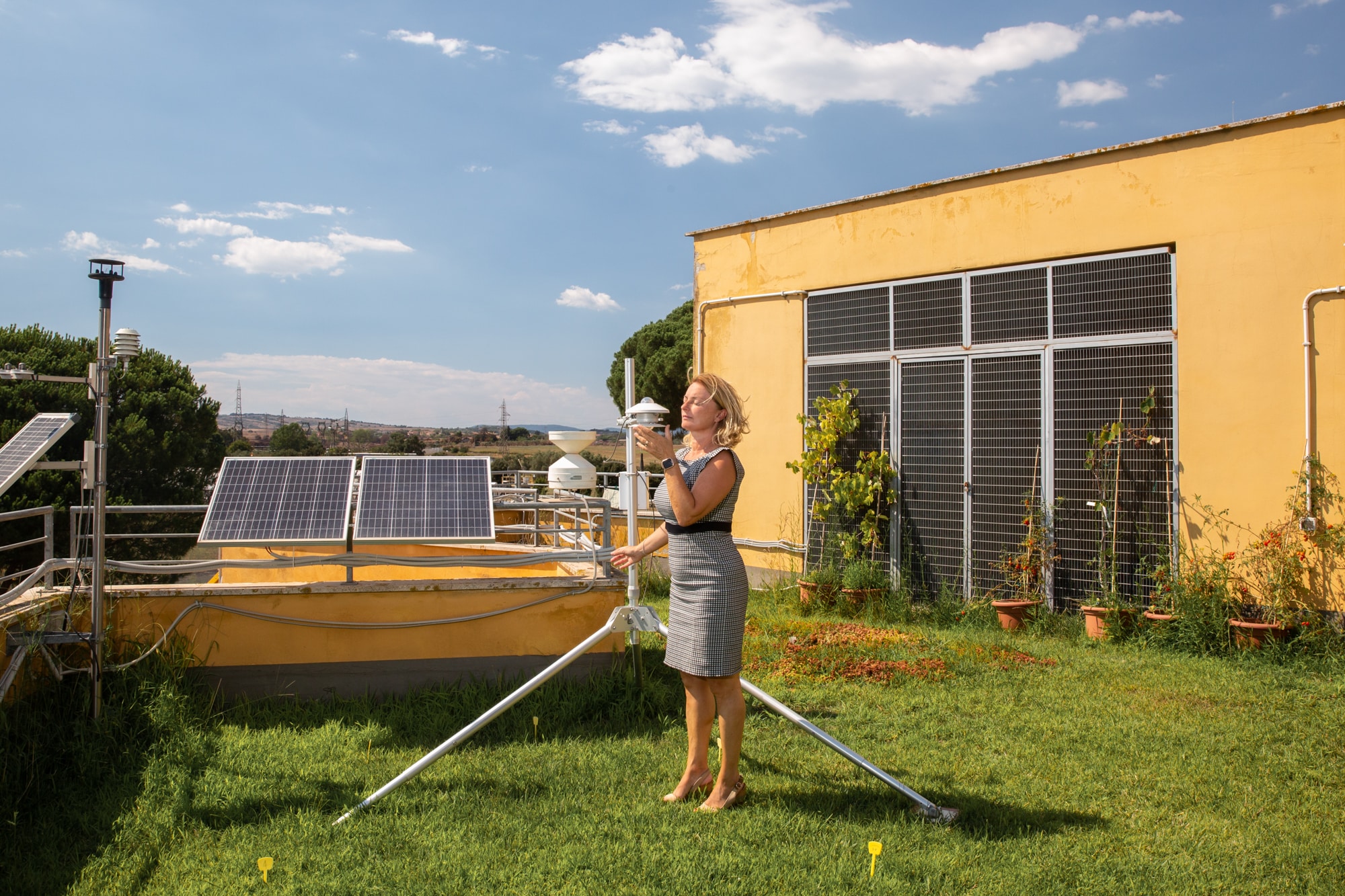
It is now quite clear that the epoch of energy-intensive material comfort needs to come to an end. What is perhaps less clear is that sacrificing this mode of living does not mean sacrificing thermal comfort. Humanity is facing the serious risk of being trapped in a new vicious cycle of behaviors and environments shaped by the ubiquity of AC.
No doubt we will live on a warmer planet, and the correct use of AC can and will save lives. However, private citizens, companies and governments should now see the opportunities of monetary savings, emission cuts and investments represented by a variety of cooling options waiting to be rediscovered, revisited and scaled up.
The Cooling Solution project has received funding from the European Research Council, the CMCC and Ca’ Foscari University of Venice. The scientific research by the ENERGYA team was led by Enrica De Cian. Project coordination by Elementsix, curatorship by Kublaiklan. To know more, visit the website The Cooling Solution
